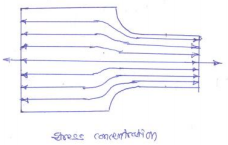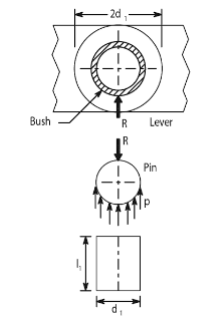State four examples of ergonomic considerations in the design of a lathe machine.
Ergonomics consideration in the design of Lathe machine Any 4 1) The controls on lathe should be easily accessible and properly positioned. 2) the control operation should involve minimum motions. 3) Height of lathe should be match with worker for operation 4)Lathe machine should make less noise during operation. 5) force& power capacity required in turning the wheel as per operation or human being can apply normally. 6) should get required accuracy in operation.




